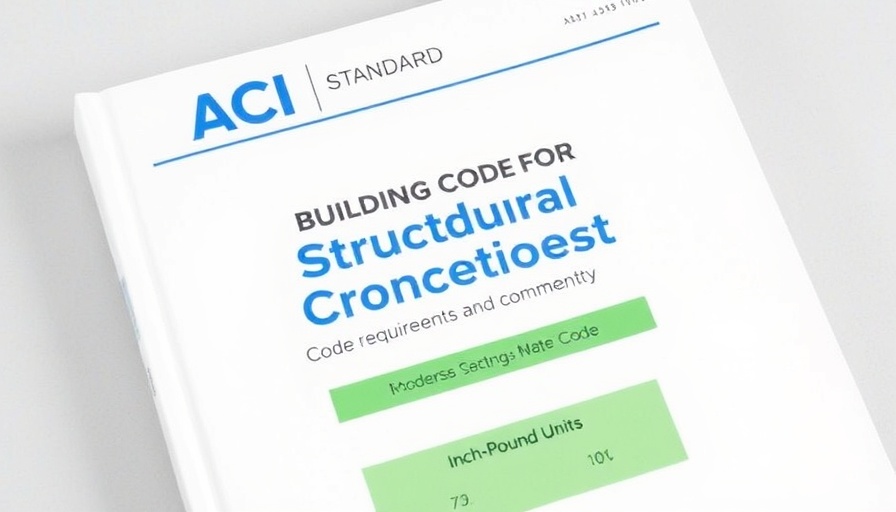
The Elegance of Natural Stone: Why It Matters
Natural stone is more than just a construction material; it embodies elegance, durability, and a sense of timelessness that appeals to both businesses and homeowners alike. For property developers and facility managers, the materials chosen for their projects play a crucial role in branding and aesthetic appeal. As society shifts towards sustainability, selecting natural stone finishes can reflect commitment to quality and environmental awareness.
Exploring the Top Natural Stone Finishes
Navigating the choices of natural stone can be overwhelming, yet understanding the nuances between different types can lead to informed decisions that enhance the value of a property. Here are some premier options worth considering:
Granite: The Ultimate Workhorse
Granite stands out for its impressive resilience, making it perfect for high-traffic areas such as kitchens and commercial spaces. With over 200 color variations, granite not only suits various design styles but also brings a modern appeal when paired with elegant features like waterfall edges.
Marble: The Classic Luxury
Known for its luxurious aesthetic, marble's unique veining elevates bathrooms and fireplaces, adding sophistication to any space. While its cooling properties are beneficial in various settings, maintenance is crucial to preserve its beauty in high-impact areas.
Quartzite: The Hardy Cousin of Granite
For those seeking beauty and toughness, quartzite emerges as a fantastic choice. Its resistance to UV fading makes it particularly appealing for outdoor applications. Yet, the limited color range and premium pricing might make it less accessible, prompting buyers to weigh the pros and cons based on their project's specifics.
Understanding the Practical Aspects of Natural Stone
Natural stone finishes are favored not only for their aesthetic appeal but also for functional advantages. Each stone type has unique care requirements; for instance, while granite needs annual sealing, marble requires more frequent maintenance. Within the commercial sector, prioritizing durability and ease of maintenance can lead to lower long-term costs and better sustainability.
Common Misconceptions About Stone Selection
One prevalent misconception is that all natural stones are alike in terms of maintenance and use. However, the stark differences in heat resistance, etching, and upkeep mean that a one-size-fits-all approach is inappropriate. By understanding the unique features of each stone type, developers can make strategic choices that enhance both the property and the user experience.
Creating Value with Stone Aesthetics
Incorporating natural stone finishes can significantly increase a property's marketability, attracting tenants and buyers who appreciate quality and character. Stone accents not only contribute to the overall aesthetic but also provide lasting value, tapping into the growing trend for sustainable and timeless designs.
The Path Forward: Actionable Insights
To leverage the benefits of natural stone, property owners and developers should consult with design professionals who understand the intrinsic value of these materials. Investing time in selecting the appropriate stone can yield substantial returns on investment, both aesthetically and functionally.
In conclusion, understanding the potential of natural stone finishes can guide business owners, property developers, and facility managers toward making impactful decisions in their projects. Whether you’re focusing on aesthetics, functionality, or sustainability, natural stone has something to offer every commercial venture.
Ready to explore how natural stone can enhance your project? Reach out today to discover tailored solutions that align with your vision.
 Add Row
Add Row  Add
Add 




Write A Comment